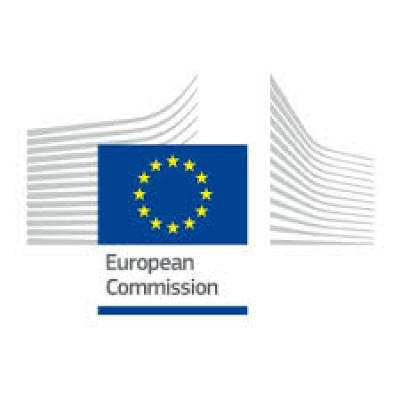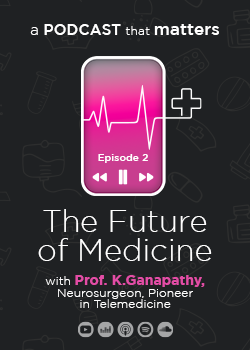
Safety of alternative nuclear fuel for VVER reactors
Details
Description
Call Updates
07 July 2022
The submission session is now available for: HORIZON-EURATOM-2022-NRT-01-01(EURATOM-IA)
Jul 1, 2022 12:36:46 PM
ERRATUM: The submission session for HORIZON-EURATOM-2022-NRT-01-01 (EURATOM-IA) will be available on 07/07/2022.
Jun 9, 2022 12:00:00 AM
The submission session is now available for: HORIZON-EURATOM-2022-NRT-01-01(EURATOM-IA)
Safety of alternative nuclear fuel for VVER reactors
TOPIC ID: HORIZON-EURATOM-2022-NRT-01-01
Programme: Euratom Research and Training Programme (EURATOM)
Call: Ad-hoc call for safety of alternative fuel for VVER reactors (HORIZON-EURATOM-2022-NRT-01)
Type of action: EURATOM-IA EURATOM Innovation Actions
Type of MGA: EURATOM Action Grant Budget-Based [EURATOM-AG]
Deadline model: single-stage
Opening date: 07 July 2022
Deadline date: 13 October 2022 17:00:00 Brussels time
Project results are expected to contribute to the following outcomes:
- Ensuring the highest nuclear safety standards for deployment of alternative fuel for VVER reactors in the EU Member States and Ukraine;
- A coordinated approach to the licensing of alternative fuel for VVER reactors;
- Increased security of supply of nuclear fuel for VVER reactors.
Twenty Russian-designed VVER reactors exist in the EU[1] and fifteen in Ukraine. The functioning of those reactors depends mainly on Russian-produced nuclear fuel. EU sanctions following Russia's invasion of Ukraine made it necessary to strengthen the security of supply for these nuclear power plants. Although there were several attempts in the last two decades in both EU and Ukraine[2] to establish an alternative supplier of the nuclear fuel for the VVER reactors, outcomes were not sufficient to ensure the security of supply at the highest safety standards.
This action should carry out the necessary safety analyses, tests, and, considering the urgency of the situation, help to engage with ENSREG and relevant national nuclear regulators to identify procedures allowing, whenever possible, faster licensing of VVER fuel manufactured by European suppliers, with due consideration to international safety standards (IAEA, WENRA) and the Nuclear Safety Directive[3].
In particular, this action should:
- ensure a coordinated approach to the licensing of the alternative fuel, including qualification and benchmarking campaigns, as well as further development of necessary codes and standards, addressing relevant nuclear safety issues;
- remove obstacles for European vendors to assure the supply of highly reliable fuel for the uninterrupted, safe operation of VVER-440 and VVER-1000 reactors.
This action should focus on closer-to-the-market activities for fuel supply, including prototyping, testing, and demonstrating, in full compliance with safety standards. Proposals may include research and development activities and should demonstrate European added value. Activities should focus on Technology Readiness Levels 5 to 8 (indicative but not mandatory, depending on the innovative potential).
Due to the scope of this topic, international cooperation is encouraged. Concerned utilities are expected to participate in this action. Regulators and technical safety organisations are strongly encouraged to participate as well.
Where appropriate, the Commission recommends that consortia make use of the services of the JRC. The JRC may participate in the preparation and submission of the proposal. The JRC would bear the operational costs for its own staff and research infrastructure. JRC facilities and expertise are listed in General Annex H of this Work Programme.
[1]These are to be found in Bulgaria (two reactors), Czechia (six), Finland (two), Hungary (four) and Slovakia (four with another two – units 3 and 4 in Mochovce – being commissioned).
[2]For example, Euratom H2020 project ESSANUF (European Supply of Safe Nuclear Fuel) or INSC project (Strengthening of State Nuclear Regulatory Inspectorate of Ukraine -SNRIU- capabilities relevant for the regulation of nuclear activities and in licensing and severe accident management of Nuclear Installations).
[3]Council Directive 2009/71/Euratom of 25 June 2009 establishing a Community framework for the nuclear safety of nuclear installations.

